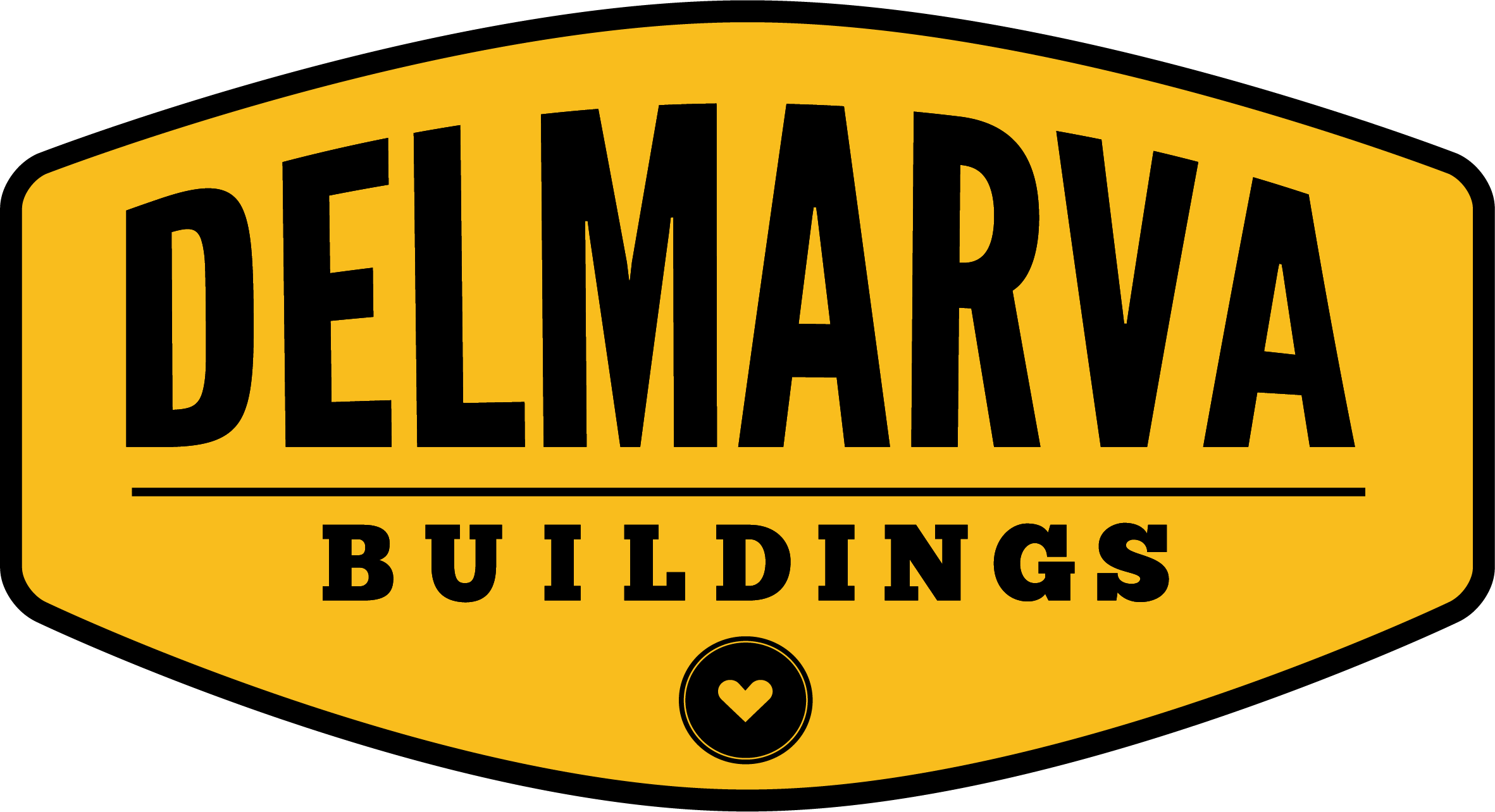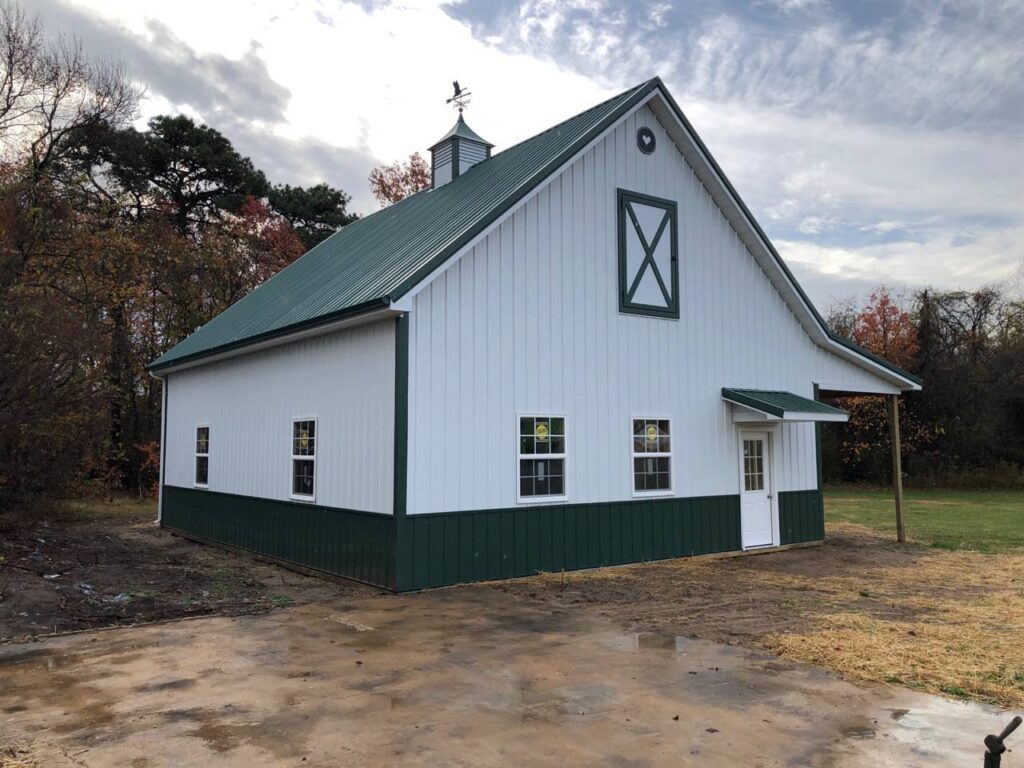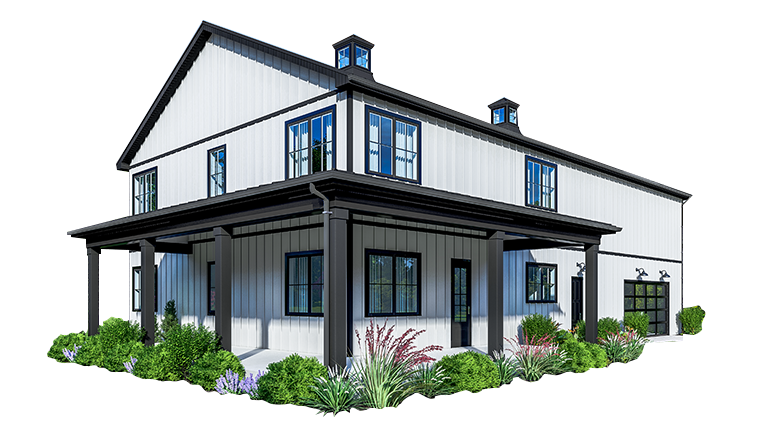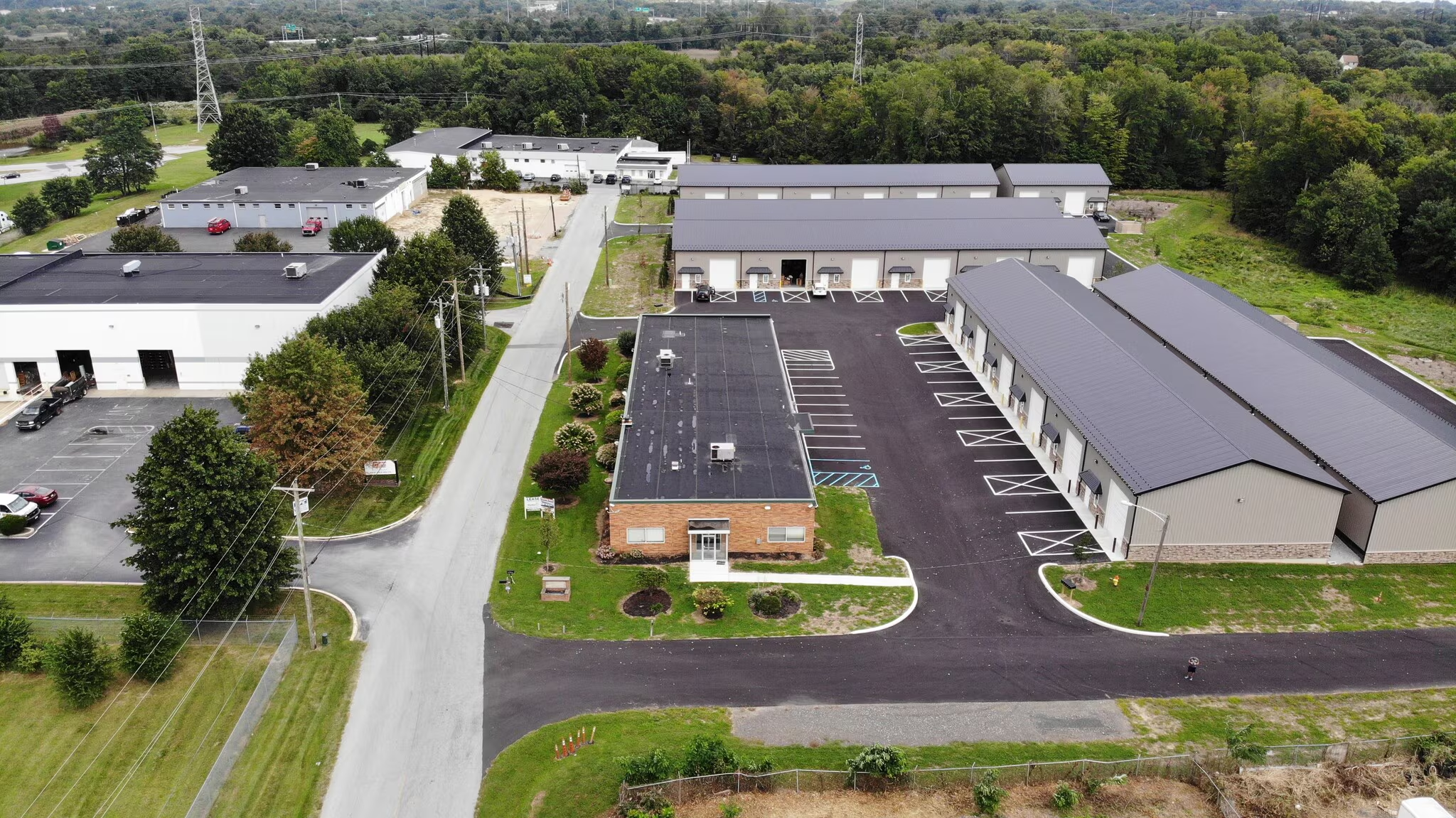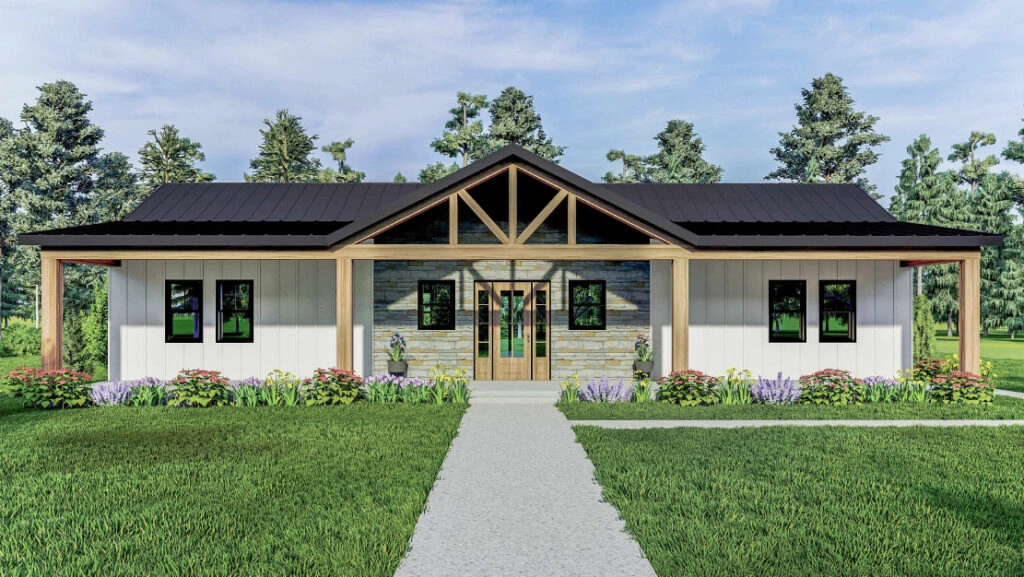Soundproofing a workshop in your pole barn is a vital step to create a comfortable, productive, and neighbor-friendly environment, especially if you’re using loud machinery or power tools. Pole barns are popular for their affordability, spaciousness, and versatility, making them an ideal choice for workshops.
However, the typical lightweight construction materials, like metal siding and open framing, are not designed to block noise effectively. This can lead to unwanted sound transmission both inside and outside the barn, making the space noisy and potentially disruptive.
With the proper materials and techniques, you can greatly minimize noise escape. This detailed guide explains how to effectively soundproof your pole barn workshop, highlighting essential materials to achieve the best results.
Why Is Soundproofing Important for Your Pole Barn Workshop?
Pole barns offer large, open spaces that are perfect for workshops, but they often lack natural soundproofing. Noise from equipment like saws, drills, and compressors can easily escape through walls, roofs, and doors. This can disturb neighbors and, in some cases, even violate local noise regulations.
Because sound travels quickly through metal and lightly insulated materials, a workshop can become uncomfortably loud and disruptive. Without proper soundproofing, both workers and neighbors may experience constant noise, making the space less enjoyable and efficient.
Proper soundproofing helps limit these issues by reducing noise transmission inside and outside the barn. It allows for clearer communication among workers, minimizes external sound pollution, and creates a more comfortable and productive environment. Investing in effective soundproofing ensures your pole barn workshop is functional, efficient, and neighbor-friendly.
How Insulation Plays a Key Role in Soundproofing
Though many people think insulation is solely for temperature control, in pole barns it also plays a crucial role in managing sound. Proper insulation slows down sound waves, reducing echoes and reverberations that make a workshop noisy.
By dampening vibrations and absorbing airborne noise, insulation helps create a more comfortable environment for both work and conversation. This makes your pole barn a more enjoyable and productive space, especially when using loud machinery or power tools.
Not all insulation is equally effective at blocking sound, so choosing the right type is essential. Standard thermal insulation may help slightly, but high-density materials designed for soundproofing provide much better noise reduction. Investing in the right insulation ensures lasting control over sound, making your workshop quieter, more productive, and neighbor-friendly.
Choosing the Best Insulation for Soundproofing Your Workshop
Two materials particularly stand out when it comes to soundproofing:
- Fiberglass Insulation: High-density fiberglass batts are highly effective for absorbing airborne sound. These insulations capture sound waves within their fibers, cutting down on echo and noise transmission. Fiberglass is affordable, readily available, and doubles as thermal insulation, keeping your workshop comfortable year-round.
- Mass Loaded Vinyl (MLV): MLV is a dense, flexible material designed explicitly for noise blocking. Unlike traditional insulation, MLV acts as a sound barrier to prevent noise from passing through walls, floors, and ceilings. It’s thinner and lighter than drywall but offers superior soundproofing properties, especially when layered over fiberglass insulation. MLV is also moisture-resistant, a great advantage in workshop environments where humidity can be an issue.
Step-By-Step: Soundproofing Your Pole Barn Workshop
- Seal All Gaps and Joints: Before adding insulation, inspect your pole barn for gaps or cracks around windows, doors, vents, and panel joints. Noise escapes through even minor leaks, so sealing these with acoustic sealant or expanding foam is essential for maximizing soundproofing efficiency.
- Install Fiberglass Insulation: Place high-density fiberglass insulation between wall studs or poles, ensuring complete coverage with no compression. For soundproofing, use insulation rated R-13 or higher to balance sound dampening and thermal comfort. Remember to insulate ceiling rafters, as sound transmission through the roof is common in pole barns.
- Layer Mass Loaded Vinyl Over Insulation: Once the fiberglass is in place, adhere sheets of mass loaded vinyl over the walls and ceilings. Overlap the seams and use acoustic tape to seal edges, forming a continuous barrier to block sound transmission. MLV effectively adds mass and density without consuming valuable space.
- Install a Soundproof Barn Door: Doors are vulnerable points for sound leakage. Replace hollow-core doors with solid-core soundproof barn doors when possible. If replacement is not an option, enhance the door’s sound blocking by attaching MLV and installing weatherstripping around edges to seal gaps.
- Add Acoustic Wall Panels or Foam: To further improve sound absorption inside the workshop, add acoustic panels or foam tiles on walls. These materials reduce echo and soften reflected sounds, creating a quieter and more pleasant working environment.
Also Read: How to Plan Electrical Systems in Your Pole Barn
Additional Techniques to Enhance Workshop Soundproofing
- Double Wall or Staggered Stud Construction: If building new, consider double wall framing where interior studs don’t align with exterior ones, limiting vibration transfer between walls.
- Add Sheathing Layers: Plywood or drywall fixed over your MLV layers adds more mass, reinforcing noise blocking capacity.
- Soundproof Windows and Ventilation: Use soundproof inserts for windows and install baffles or insulated ducts for vents, maintaining airflow without letting noise escape.
- Floor Treatments: Use rubber mats or floating floors to minimize impact noise and vibration transmission through the barn floor.
Also Read: How to Ventilate Your Pole Barn Garage
Benefits of Soundproofing Your Workshop
Beyond controlling noise, effective soundproofing offers several additional benefits. It helps regulate temperature, keeping your workshop warmer in the winter and cooler in the summer. This improved insulation can reduce heating and cooling costs, making your workspace more energy-efficient and comfortable year-round.
Materials like mass loaded vinyl (MLV) are also moisture-resistant, protecting your workshop from humidity-related damage. Proper soundproofing reinforces the structural integrity of your pole barn and increases its overall usability, comfort, and even market value, making it a smart investment for both practical and financial reasons.
Soundproofing also improves safety by reducing echo and distractions, which can help prevent accidents when operating machinery. For workshops used in residential, farm, or barndominium settings, a quieter environment fosters focus, productivity, and overall well-being.
Additionally, soundproofing improves privacy by minimizing the transmission of sound to the outside environment. Whether your pole barn is used for professional work, hobbies, or residential purposes, effective soundproofing creates a more functional, efficient, and comfortable space.
Conclusion
Investing in soundproofing your pole barn workshop transforms it into more than just a workspace, it becomes a quiet, comfortable, and efficient environment where productivity thrives. With materials like fiberglass insulation, mass loaded vinyl, and soundproof barn doors, you can reduce noise, control temperature, protect against moisture, and create a versatile space perfectly suited for all your projects. Make your workshop a place where focus, safety, and creativity come together seamlessly.
Ready to build your ideal soundproof workshop? Get started today and bring your vision to life!
